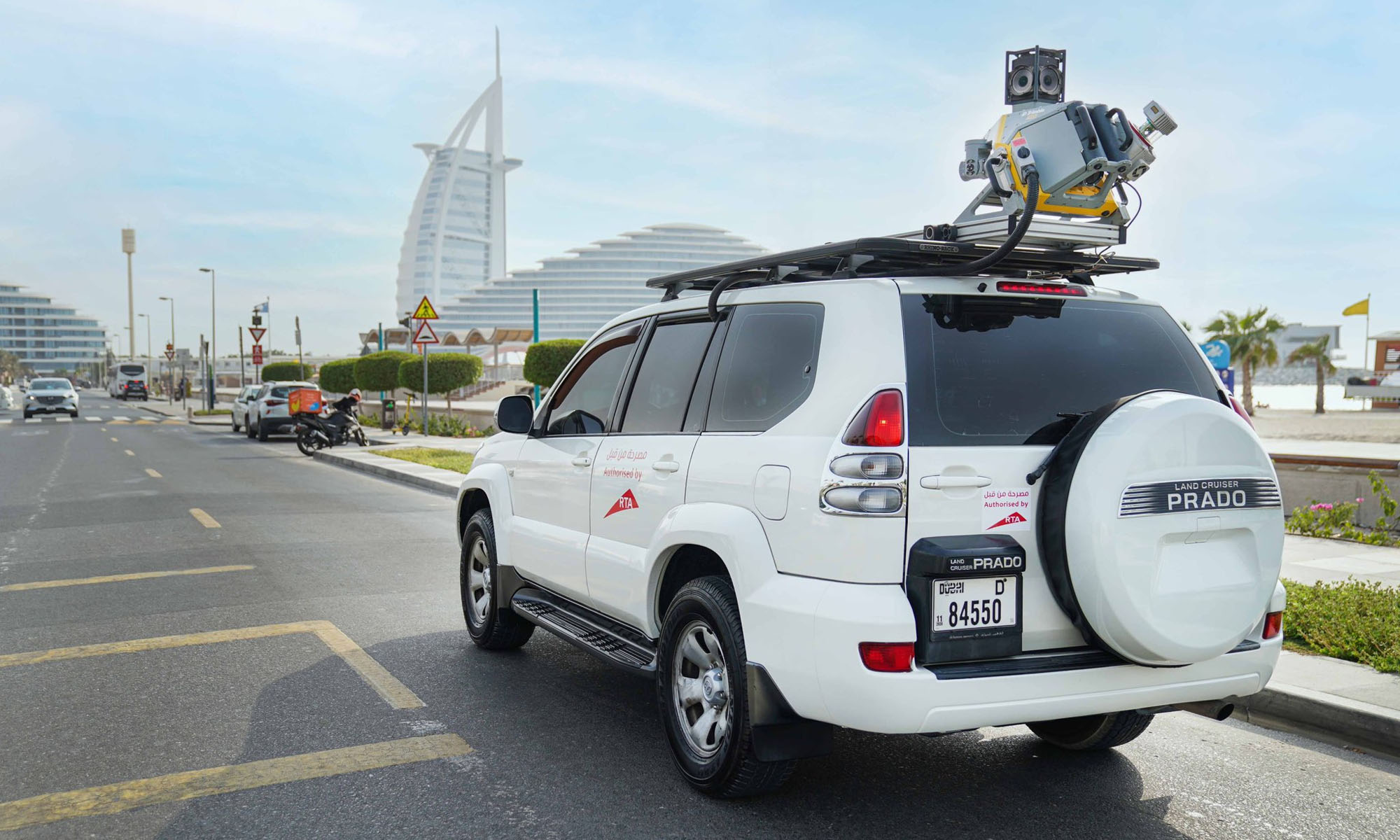News
Declining Gaming Revenues Bring Middle East Opportunities
The global gaming industry faces plenty of challenges, but the Middle East’s investments have resulted in growth opportunities and regional resilience.

Ask a casual observer about the state of the gaming industry, and they’ll likely tell you that it’s in fine health. After all, this vast landscape of big-studio and indie developers, consoles, and cloud-based services rakes in billions each year.
However, despite headline-grabbing news such as Microsoft’s recent $75 billion acquisition of Activision Blizzard, a closer examination reveals several underlying challenges. Despite initial surges during the pandemic, gaming usage and revenues have declined due to factors like inflation. Business Insider recently reported a 2.3% decrease in US gaming revenue in 2023 compared to the previous year, signaling a shift in consumer behavior that includes reduced gaming hours per week.
Analyst Matthew Ball’s assessment of the industry’s state highlights a concerning trend of layoffs, with a significant increase observed in 2024. Substantial cuts within Microsoft Gaming have impacted approximately 8% of its workforce. Meanwhile, key departures from Blizzard add to the industry’s instability.
While these layoffs have global implications, the Middle East and North Africa (MENA) region presents a unique opportunity amidst the industry’s challenges. With a rapidly growing gaming market and substantial government investments, countries like Saudi Arabia and the UAE are aiming to establish themselves as global hubs.
Also Read: Top 10 Best Video Games Set In The Middle East
Saudi Arabia’s Savvy Games Group, backed by a $38 billion investment from PIF, seeks to bolster the Kingdom’s gaming industry and emerge as a global leader. Similarly, the UAE’s ambitious Dubai Program for 2033 aims to position Dubai among the top 10 cities in the gaming industry by boosting its digital economy and GDP.
These initiatives could offer insulation against the industry’s turbulence while creating growth opportunities for regional gaming companies. By diversifying their economies and investing in long-term development, Middle Eastern countries are demonstrating a strategic approach distinct from the short-term profit-driven motives seen elsewhere in the industry.
News
Dubai Integrates LiDAR & Digital Twins For Road Management
The Road and Traffic Authority hopes to enhance road maintenance with faster, safer, and more accurate assessments.

Dubai’s Roads and Transport Authority (RTA) is stepping up its road maintenance game by introducing LiDAR — short for Light Detection and Ranging — into its asset management system. This tech shift is part of a broader strategy to modernize how the city monitors and maintains its roads, using data-driven insights from digital twin platforms.
RTA has adopted the latest LiDAR (Light Detection and Ranging) technology to assess the condition of road assets and enhance the accuracy of data used in digital twin platforms. The initiative supports the development of preventive, predictive, and proactive maintenance… pic.twitter.com/8I7j9J9haw
— RTA (@rta_dubai) April 9, 2025
LiDAR isn’t new to the tech world, but RTA’s application of it marks a leap in how public infrastructure is managed. Instead of relying on slower, traditional visual inspections, lasers scan and map road conditions in real time. The result? Faster, more accurate data collection that feeds into advanced maintenance strategies — both preventive and predictive.
Hussain Al Banna, CEO of the Traffic and Roads Agency at RTA, highlighted the efficiency gains. “LiDAR technology delivers a remarkable boost in performance and speed, delivering up to 300% compared to traditional visual inspections,” he said. It’s a move that fits with Dubai’s broader vision of becoming a global model for smart, sustainable cities.
Accuracy is another key benefit. According to Al Banna, LiDAR offers up to 95% accuracy when assessing road conditions. This precision enhances the reliability of the data used for infrastructure decisions and helps streamline maintenance planning.
Also Read: Checkout.com Set To Launch Card Issuing In The UAE
LiDAR also enables safer inspections of high-up or hard-to-reach assets — think traffic lights, road signs, and lighting poles. This kind of efficiency isn’t just about numbers; it also reduces (or even eliminates) the need for manual labor in hazardous environments.
The scale of coverage is another game-changer. LiDAR will allow the RTA to scan around 80 kilometers of roads in a single day — a massive improvement compared to older methods, which typically cap out at 3 kilometers per day. Scanning can also be done on the move, at speeds between 30 and 100 km/h, helping to avoid road closures and traffic blockages.
Al Banna also emphasized the value of this real-time, high-resolution data in long-term planning: “This advanced technology delivers highly accurate data and detailed analysis of asset conditions, supporting the long-term sustainability of the Assets Condition Index (ACI)”. He noted that it helps in smart scheduling of maintenance, especially predictive tasks, by prioritizing based on strategic needs.
























